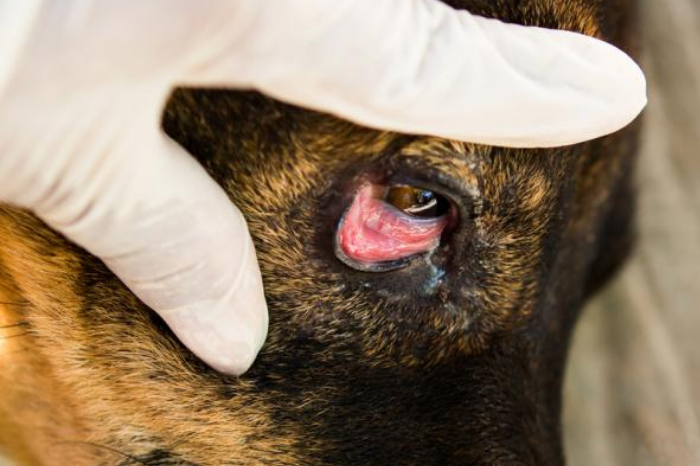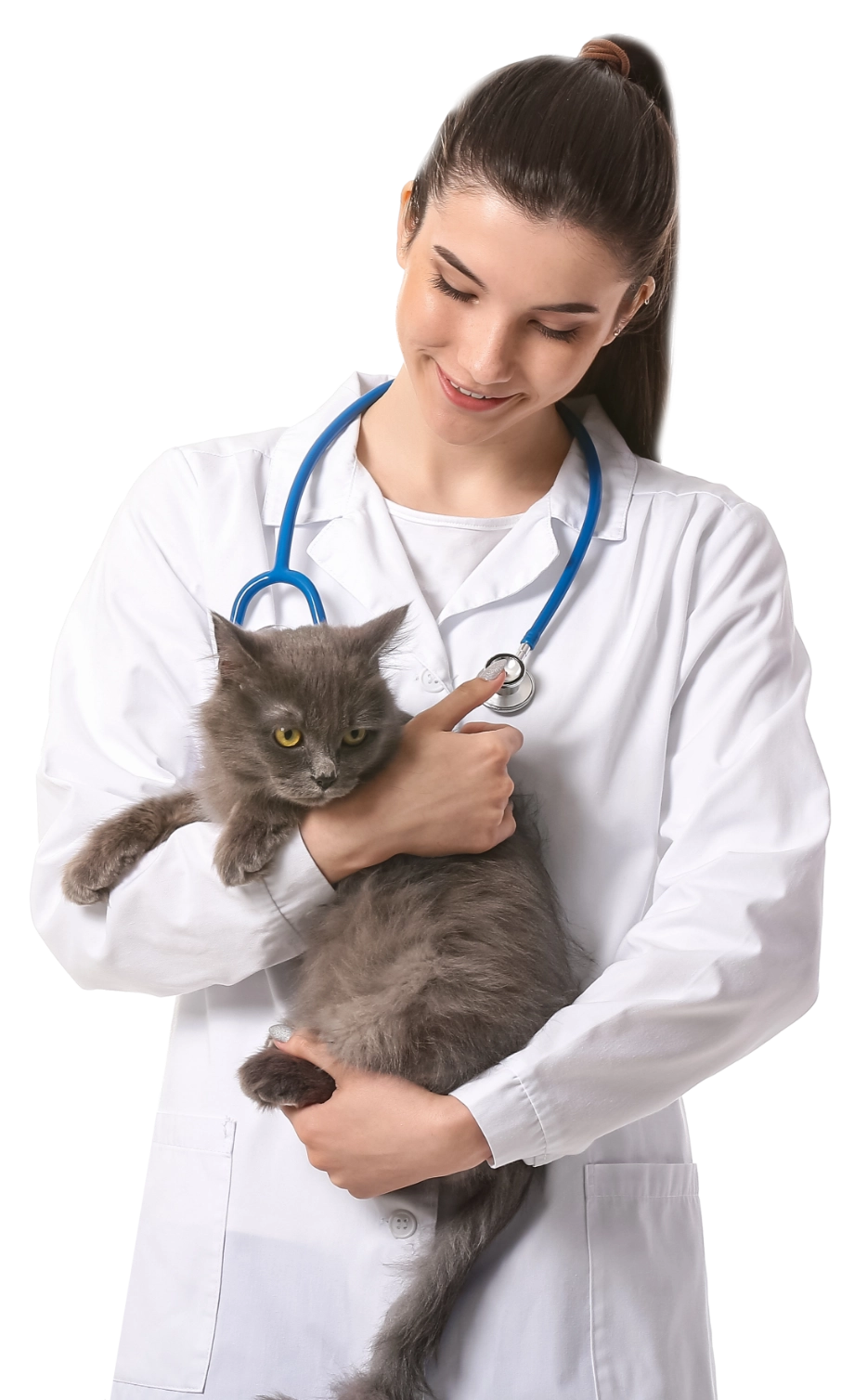

The Importance of Feeding Guidelines:Is your pet getting a balanced diet?
Obesity is one of the most common nutritional disorders in pets, and the incidence increases with age and neutering because there is a reduction of both metabolism and physical activity. Some breeds of dogs, including labradors, dachshunds, and beagles, tend to be more prone to obesity. According to a study, pets that are being fed homemade meals, table scraps, and snacks have a greater chance to be overweight than those on an exclusive commercial pet diet.
Pathologic conditions in pets that may be associated with obesity include hypothyroidism, hyperadrenocorticism, diabetes mellitus, and even cancer. Thus, it is important to remember the role of dietary management in such cases as balanced nutrition is essential.
The Right Food?
Every feeding guideline will give portion sizes to each specific breed and the size of your animal, however, even before looking at it the real question to ask us is do you provide the most suitable food?
Only high-quality, balanced, all-natural food, canned and dry kibble, or both should be fed to your pet. Although some pet owners prefer to cook, it is still recommended to ensure that it provides and includes necessary nutritional requirements for balanced growth. Moreover, following the right amount of food your pet needs according to his age, weight, metabolic rate, and activity level are tantamount.
The Feeding Guide
Almost every food variant that manufacturers produce will have different feeding guidelines. These recommendations are based on the kind of research and analysis they have done. You may feel you know what’s best for your pets but following these will ensure that you are providing the balanced and proper nutrition that your pet requires.
On every feeding guideline, the animal’s weight will usually be given in kg on a table together with the recommended daily portion you should give in grams. And it is always important to remember that the daily portion should be divided by the number of times you are feeding your pet.
Why does it differ between Brands?
One of the many reasons why owners do not properly feed their pets the right amount is that they have changed brands but continuously gives similar portion size. It may seem especially with premium pet food brands that the recommended portions are far too small, and that pets will not feel full. Unknowingly, lower-quality food brands may have a lot of filler but with less nutritional value.
Monitoring the Weight
Whatever kind of food you are giving and however closely you follow the feeding guidelines, you should always still monitor your pet’s weight. The difference in weight can be a sign of other problems or it could be just because other pets are using more or less energy than average. In other cases, although they may not show signs immediately, some problems will develop later in life, especially after prolonged periods of being an obese pet. Paying attention to your pet’s weight and condition is important if you want them to have a long and healthy life.
If your pet does appear to be under or overweight, a vet visit for nutritional counseling, dietary advice, modification, and recommendations may be a good idea. Call or visit one of The City Vet Clinic branches to speak with a vet and/or nutrition ambassadors to help you out.
recent post

EARLY DETECTION AND TREATMENT OF HIP DYSPLASIA IN PUPPIES
Hip Dysplasia in dogs is an anatomical orthopedic condition which has a genetic background and affects mostly..
learn more
“CHERRY EYE” or PROTRUSION OF THE GLAND OF THE 3rd EYELID
Protrusion of the gland of the third eyelid (or “cherry eye”) occurs most commonly in dogs and..
learn more



